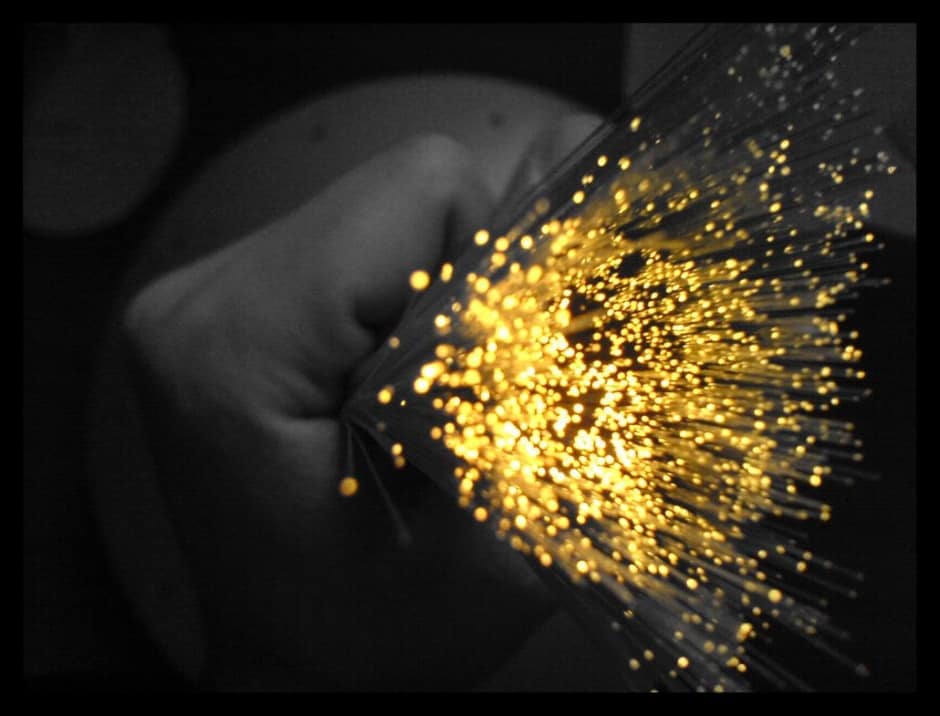
Researchers at Leeds University, led by Dr Raul Fuentes, are developing burrowing robots that can sense the behaviour of the ground around them, and the force they are applying to it, to allow them to move through the soil without disrupting anything above them.
The EPSRC-funded MOLE project, which is supported by BT and also includes civil engineering company Kier and the Universities of Birmingham and Sydney, could speed-up the roll-out of high-speed fibre to the home.
Installing fibre to individual homes is a slow and expensive process, according to Fuentes. “The current technology means it cannot be done quickly or cost-effectively enough,” he said.
“According to BT, something like this could potentially save £30-120m in installation costs, with the added benefit that we will be able to provide connectivity to homes much more quickly than would otherwise happen.”
As part of the £1.2m, five-year project, Fuentes plans to develop a model that will merge geomechanics, or the science of ground behaviour, with robotics.
The team will then develop a prototype burrowing robot, which at the end of the five years should be capable of laying down a fibre optic cable up to a distance of around 10m at a BT-owned site.
An important element of the robot will be its ability to sense its interaction with the ground around it, said Fuentes.
“The critical thing is to make sure that these robots exert the minimum necessary force to move forwards and excavate, so that we can minimise disruption to the surrounding ground,” he said.
This is particularly important for shallow installations such as cables, which may be surrounded by pipes and other cables that cannot be disturbed, he said.
To this end, the researchers will develop a control algorithm, which will integrate sensor data on the condition and behaviour of the ground, with that on the force being applied by the robot as it burrows.
As well as telecommunications cables, the robots could also be used to deploy sensors, for ground characterisation, space exploration, agriculture, mining and disaster rescue.




Nanogenerator consumes CO2 to generate electricity
Whoopee, they've solved how to keep a light on but not a lot else.